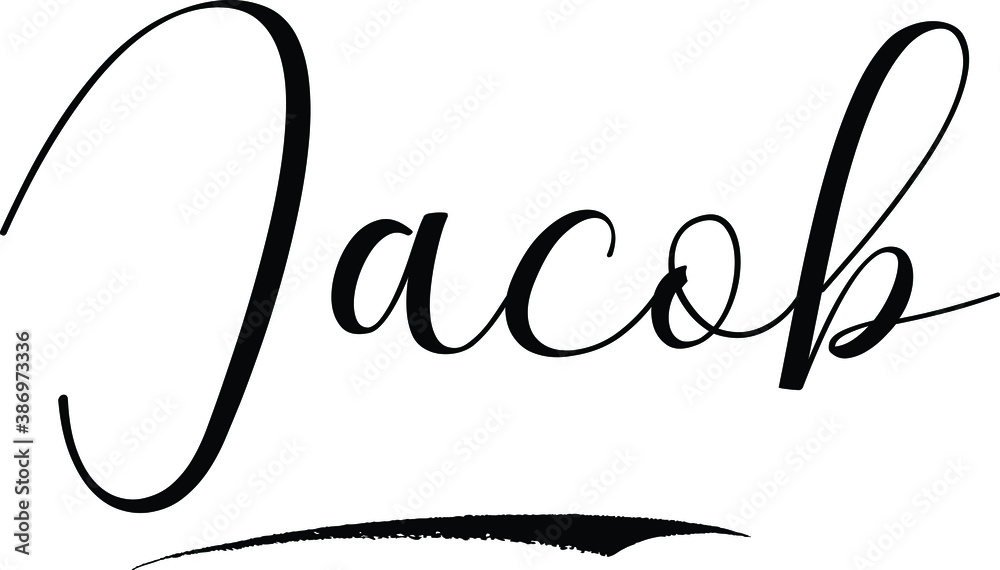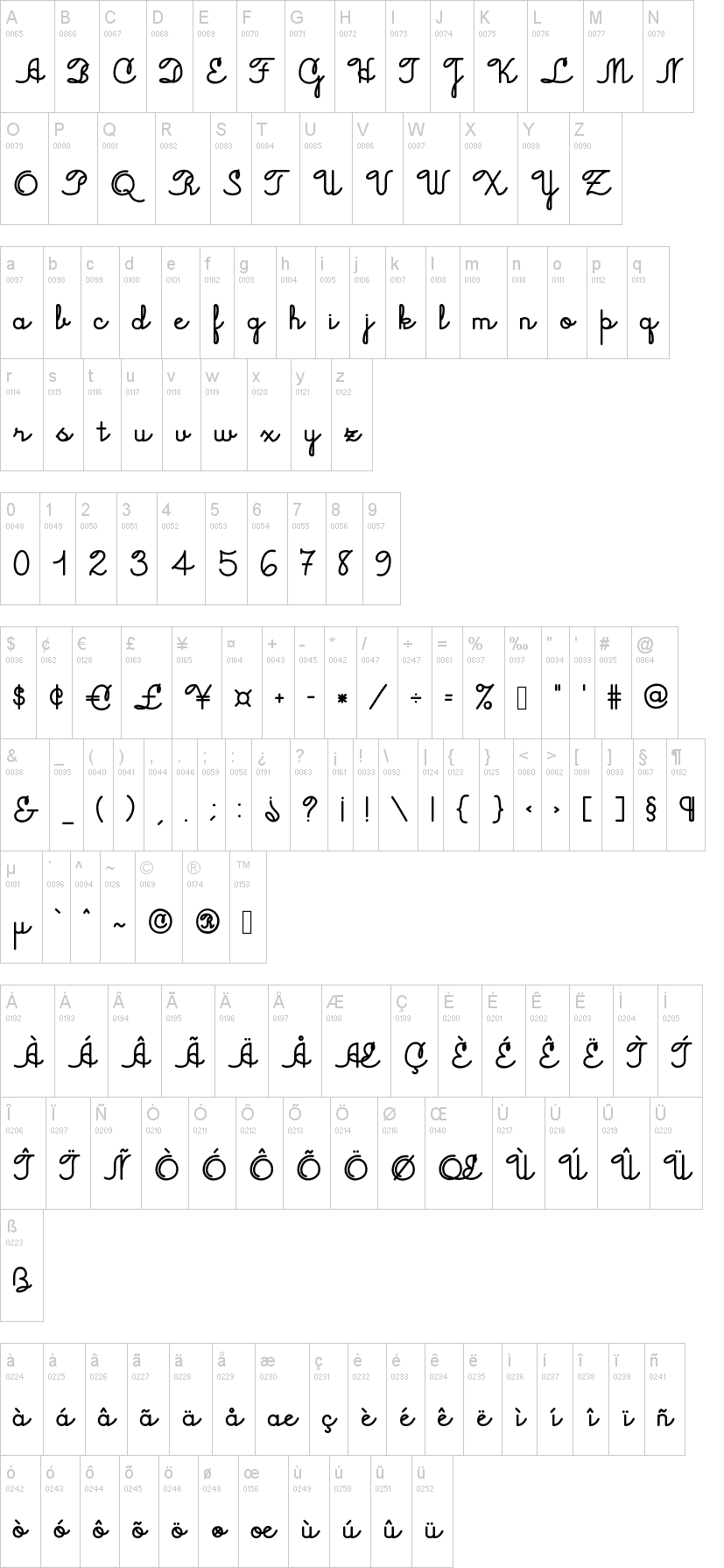Learning how to spell Jacob in cursive can be both exciting and rewarding. Whether you're a student looking to improve your handwriting or someone who wants to add a personal touch to their notes, mastering cursive writing opens up a world of possibilities. Cursive is not just about writing; it's about expressing yourself through elegant strokes and fluid motions. In this guide, we’ll dive deep into the art of spelling Jacob in cursive, step by step, with tips and tricks to make the process smoother.
Imagine being able to write your name or someone else's in a stylish, flowing script that stands out. Cursive writing has a charm that printed letters simply can't match. It’s like adding a dash of personality to every word you write. If you've ever wondered how to spell Jacob in cursive, you're in the right place. We'll break it down so even beginners can follow along.
Now, before we jump into the nitty-gritty, let’s address why learning cursive is still relevant today. With the rise of technology, many people have shifted away from traditional handwriting. However, cursive remains a valuable skill that enhances cognitive abilities, improves fine motor skills, and even boosts memory retention. So, whether you're doing it for fun or practical purposes, let's get started!
Read also:Natalie Lennox American Gladiators The Ultimate Warrior Story You Need To Know
Understanding the Basics of Cursive Writing
Before we tackle how to spell Jacob in cursive, it's important to understand the basics of cursive writing. Cursive is all about connecting letters smoothly, creating a seamless flow. Unlike printed letters, cursive letters are designed to glide into one another, making writing faster and more efficient.
Here are some key points to keep in mind:
- Cursive letters have unique shapes and strokes compared to printed letters.
- The pen rarely leaves the paper, allowing for continuous movement.
- Practice is key to mastering cursive writing.
Once you grasp these fundamentals, spelling Jacob in cursive will feel like second nature.
Breaking Down the Letters in Jacob
Let’s take a closer look at each letter in the name Jacob and how they appear in cursive. Understanding the individual strokes will help you piece them together seamlessly.
Step 1: Mastering the Letter J
The letter J in cursive is one of the most distinctive letters. It starts with a loop at the top, followed by a smooth curve that dips below the baseline. Practice this motion repeatedly until you feel comfortable with its flow.
Step 2: Moving on to A
In cursive, the letter A is written with two loops connected by a line. Start from the bottom, loop up and around, then back down to create the second loop. It may seem tricky at first, but with practice, it becomes effortless.
Read also:Trish Van Devere Net Worth The Untold Story Of A Hollywood Icon
Step 3: Tackling the Letter C
The letter C in cursive is similar to its printed counterpart but with a more rounded shape. Begin at the top and curve your way down to the baseline. Keep your hand steady to maintain consistency.
Step 4: Adding the Letter O
The letter O in cursive is a simple circle. Start at the top, move clockwise, and connect it to the next letter effortlessly. Remember, the goal is to keep the flow going without lifting your pen.
Step 5: Finishing with B
The letter B in cursive consists of a vertical line with two loops attached. Start with the line, then add the loops by curving back up and around. This letter ties everything together nicely.
Practicing the Full Name Jacob
Now that you’ve mastered each letter individually, it’s time to put them all together. Practice writing Jacob in cursive repeatedly, focusing on maintaining a consistent flow between each letter. Don’t rush; take your time to ensure each stroke is clean and precise.
Here’s a quick checklist to follow:
- Start with the letter J and let it flow into A.
- Connect A to C without lifting your pen.
- Smoothly transition from C to O.
- Finish strong with the letter B.
Remember, practice makes perfect. The more you write Jacob in cursive, the better you’ll become.
Why Cursive Writing is Still Relevant Today
With the advent of digital communication, some might question the relevance of cursive writing. However, cursive offers numerous benefits that go beyond just aesthetics. Studies have shown that writing in cursive can improve brain function, enhance creativity, and even boost academic performance.
Moreover, cursive writing has practical applications in everyday life. From signing legal documents to writing personalized notes, cursive adds a personal touch that printed text simply can't replicate. It’s a skill that continues to hold value in both professional and personal settings.
Common Mistakes to Avoid
As with any new skill, there are common pitfalls to watch out for when learning how to spell Jacob in cursive. Here are a few mistakes to avoid:
- Lifting your pen too often between letters. Try to keep the flow continuous.
- Pressing too hard on the paper. Use a light touch for smoother strokes.
- Rushing through the process. Take your time to ensure each letter is well-formed.
By being mindful of these mistakes, you’ll be able to refine your cursive writing and achieve better results.
Tools and Resources for Learning Cursive
If you’re serious about improving your cursive writing, there are plenty of tools and resources available to help you along the way. From online tutorials to printable worksheets, the options are endless.
Online Tutorials
There are numerous websites offering free cursive writing lessons. These tutorials often include step-by-step guides, video demonstrations, and interactive exercises to help you practice.
Printable Worksheets
Printable worksheets are a great way to practice cursive writing at your own pace. They provide structured exercises that focus on specific letters or words, making it easier to track your progress.
Cursive Writing Apps
For those who prefer digital tools, there are several apps designed to help you learn cursive writing. These apps offer interactive lessons and quizzes to keep you engaged and motivated.
Fun Ways to Practice Cursive
Learning how to spell Jacob in cursive doesn’t have to be boring. There are plenty of fun ways to make the practice enjoyable:
- Create personalized greeting cards using your newfound cursive skills.
- Write short stories or poems in cursive to challenge yourself further.
- Practice writing famous quotes or song lyrics to keep things interesting.
By incorporating cursive writing into your daily routine, you’ll find it easier to master and enjoy the process.
Conclusion: Take Your Cursive Skills to the Next Level
In conclusion, learning how to spell Jacob in cursive is just the beginning of a rewarding journey. By understanding the basics, practicing consistently, and utilizing available resources, you can elevate your handwriting to new heights. Cursive writing is not only a practical skill but also a form of self-expression that deserves to be cherished.
So, what are you waiting for? Grab a pen and paper, and start practicing today. Share your progress with friends and family, and don’t forget to explore other names and words to expand your cursive repertoire. Remember, the more you practice, the better you’ll become. Happy writing!
Table of Contents
- Understanding the Basics of Cursive Writing
- Breaking Down the Letters in Jacob
- Practicing the Full Name Jacob
- Why Cursive Writing is Still Relevant Today
- Common Mistakes to Avoid
- Tools and Resources for Learning Cursive
- Fun Ways to Practice Cursive
- Conclusion: Take Your Cursive Skills to the Next Level


